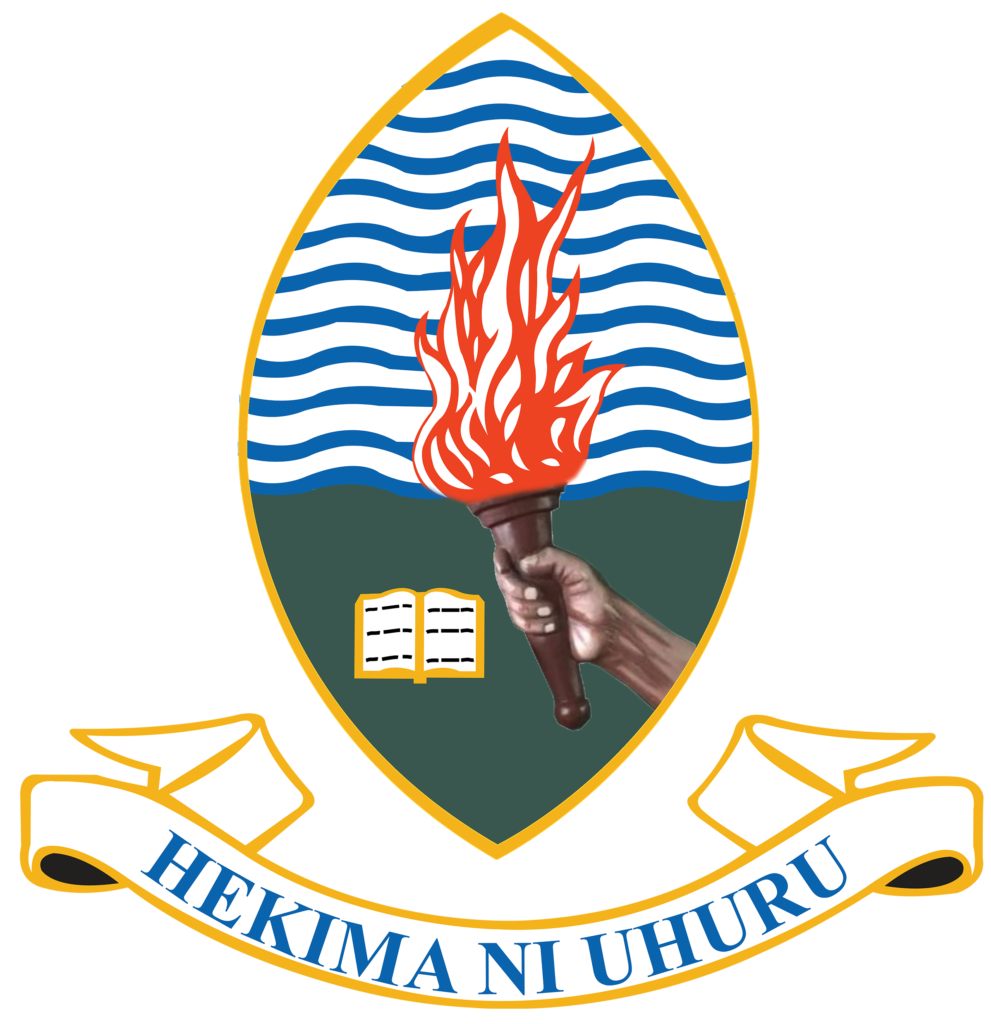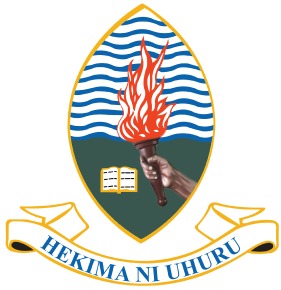It was a great pleasure to welcome the CDC Director of Global Health Protection-Tanzania, Dr Wangeci, and her delegation to the UDSM DHIS2 Lab at the Department of Computer Science and Engineering, College of ICT, UDSM (Kijitonyama ICT Campus).
We were honored to host Dr. Wangeci, Director of the Division of Global Health Protection (DGHP) at the Centers for Disease Control and Prevention (CDC), (Third from the left end) and her esteemed delegates, Mr. Zaharani (First from the right end) and Ms. Akshara (Second from left end). The visit, which took place on 8th July at our offices, aimed to strengthen our collaboration and explore innovative solutions for global health impact, particularly in disease surveillance, modeling, and forecasting. The meeting was graced by the presence of the college principal, Prof. Mtebe, and the Head of the Computer Science and Engineering (CSE) Department, Dr. Mercy Mbise (Fourth from the left end), underscoring the significance of this engagement with CDC. The Director emphasized the need to continue strengthening the data analytics for disease surveillance systems in Tanzania to enable real-time detection, reporting, and response using AI and other advanced techniques.
The CDC visit aims to bolster and strengthen our collaboration on developing and improving disease surveillance response systems (eIDSR) in Tanzania Mainland, and Zanzibar. UDSM DHIS2 lab has successfully collaborated with the Ministry of Health, MDH, and CDC to develop and improve Tanzania’s comprehensive eIDSR suite using different technologies and approaches. The eIDSR suite includes the following components:
- The USSD mobile app, a crucial component of the eIDSR suite, is integrated with DHIS2. Its primary function is to facilitate the direct reporting of immediately notifiable diseases and the weekly aggregate number of cases and deaths of IDSR priority diseases from health facilities. This direct reporting feature significantly speeds up the disease reporting process, enabling faster response times.
- The eIDSR Android application is another subsystem used for data collection and reporting directly to the DHIS2-HMIS system hosted via the mobile network.
- Indicator-Based Surveillance (eIBS) System: this subsystem supports reporting immediately reportable diseases, conditions, public health events of international concerns, and Weekly aggregate number of cases and deaths of priority diseases from health facilities
- Event-Based Surveillance (eEBS) System: This subsystem supports reporting unusual health events that could seriously risk public health in the Community, Health Facilities, Points of Entry, Media, Call centers, etc.
- Outbreak Management System (OMS): This module manages reporting of the outbreak diseases that need follow-ups
The integrated eIDSR suite has empowered the Ministry of Health to swiftly identify and respond to health threats, thereby containing and preventing the spread of diseases. The implemented solution not only offers a proven and affordable means to maintain and strengthen the country’s disease surveillance system but also demonstrates the potential benefits of electronic platforms in public health.
Showcasing the DHIS2 Lab
Our DHIS2 lab was a focal point of the visit. We provided an in-depth presentation of our ongoing projects and capabilities. The lab’s role in enhancing disease surveillance through data integration and real-time reporting was particularly highlighted. Despite our existing collaboration with CDC on the eIDSR projects, this visit opened avenues for further engagement and innovation.
Fruitful Discussions and Future Directions
The discussions touched on Emerging technologies, such as AI, and how they can play a significant role in building a strong, intelligent, and resilient public health system that can prevent, detect, and respond to emerging infectious disease threats wherever they occur in the country
The discussions that ensued were both insightful and forward-looking. Key topics included:
- Artificial Intelligence in Disease Surveillance: Exploring how AI can enhance data analysis and provide predictive insights for early disease detection and response.
- Epidemic Modeling: Developing sophisticated models to understand disease spread and inform public health interventions.
- Forecasting: Utilizing advanced algorithms to predict disease outbreaks and trends, enabling proactive measures.
Collaborative Innovation for Global Health Impact
The visit underscored the shared commitment to developing solutions that can significantly impact global health. The exchange of ideas and expertise between our teams and the CDC delegation set the stage for future projects that leverage cutting-edge technology for epidemic preparedness and response.
We look forward to continued collaboration with CDC and we are excited about the potential for innovation and impact that this partnership promises. Together, we aim to advance disease surveillance and global health protection, making a tangible difference in the fight against infectious diseases.
The CoICT Principal and Head of Department emphasized UDSM’s commitment to using the advanced expertise and capacity available in different specialties ( AI/ML, data science, health informatics, computer science, and software development) to advance disease surveillance systems in Tanzania further.

